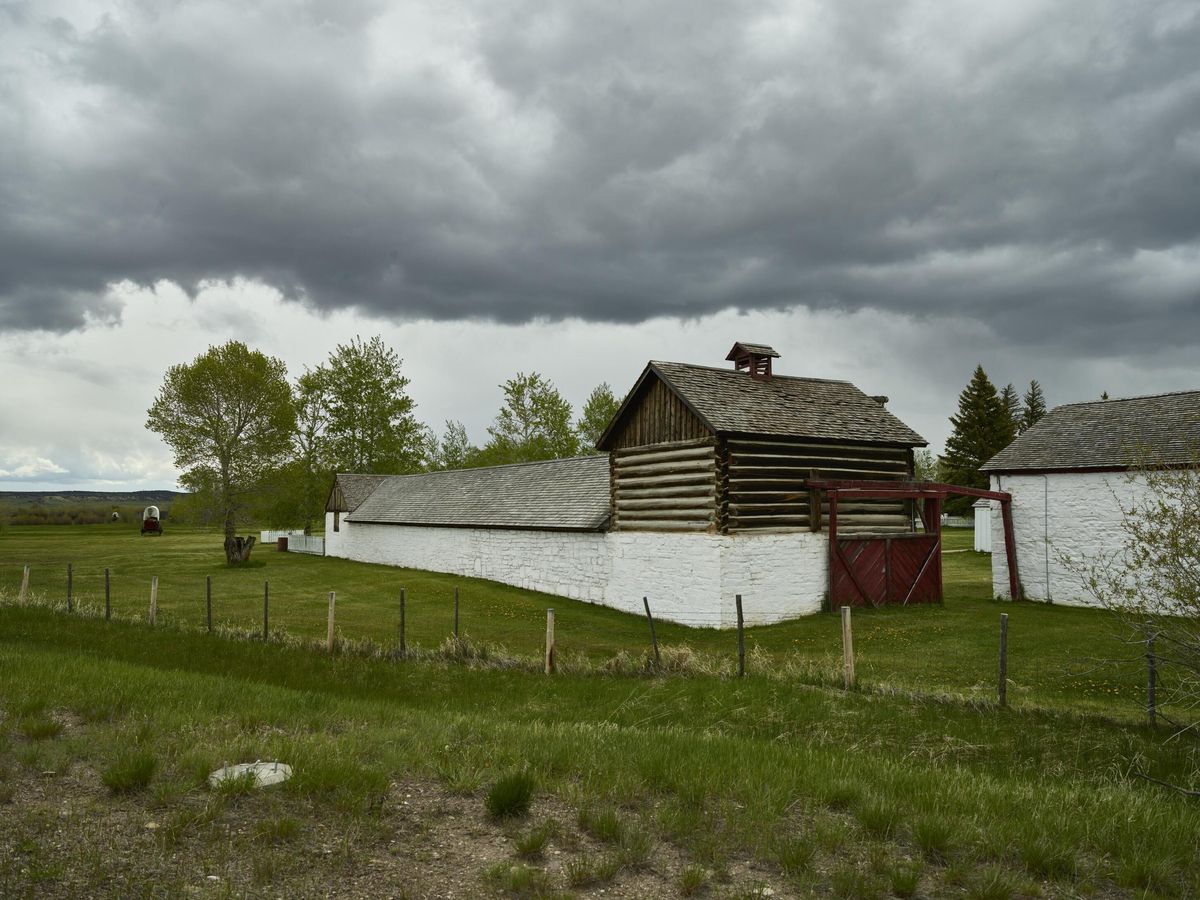Secrets Of Wyoming’s Fort Bridger Military Outposts

Have you ever wondered about the hidden stories behind Fort Bridger in Wyoming? This historic site, established in 1843, played a crucial role in the westward expansion of the United States. Originally a trading post, it later became a military outpost, offering protection and supplies to pioneers traveling the Oregon, California, and Mormon Trails. Fort Bridger witnessed many significant events, from Native American interactions to the arrival of the Pony Express. Today, visitors can explore reconstructed buildings, museums, and artifacts that bring its rich history to life. Ready to step back in time and uncover the secrets of Fort Bridger?
Secrets of Wyoming's Fort Bridger Military Outposts
Wyoming's Fort Bridger holds a treasure chest of history. Established in 1843, it served as a crucial supply stop for pioneers heading west. Over time, it evolved into a military outpost, playing a significant role in the region's development. Let's uncover some of the hidden gems within this historic site.
1. The Commanding Officer's Quarters
The Commanding Officer's Quarters stand as a testament to the fort's military past. This building housed the fort's highest-ranking officer and his family. Walking through its rooms, you can almost hear the echoes of strategic discussions and family dinners.
2. The Infantry Barracks
The Infantry Barracks once bustled with soldiers preparing for their duties. Today, it offers a glimpse into the daily lives of those who served at Fort Bridger. The barracks feature restored bunks, uniforms, and personal items, providing a tangible connection to the past.
3. The Blacksmith Shop
The Blacksmith Shop was the heart of the fort's maintenance operations. Blacksmiths crafted and repaired tools, horseshoes, and weapons. Visitors can watch live demonstrations, feeling the heat of the forge and the rhythm of the hammer.
4. The Commissary Storehouse
The Commissary Storehouse stored essential supplies for the fort's inhabitants. From food to ammunition, this building was vital for survival. Today, it showcases artifacts like preserved food cans, old rifles, and other supplies, painting a vivid picture of frontier life.
5. The Guardhouse
The Guardhouse served as the fort's jail, holding prisoners and maintaining order. Its thick stone walls and iron bars tell stories of discipline and justice. Exploring this building, you can almost sense the tension and resolve of those who once guarded the fort.
6. The Sutler's Store
The Sutler's Store was the fort's general store, offering goods to soldiers and civilians alike. From clothing to tobacco, it provided a touch of normalcy in a rugged environment. Today, it operates as a museum shop, selling souvenirs and historical replicas.
7. The Parade Ground
The Parade Ground was the center of military drills and ceremonies. Soldiers practiced formations, and important announcements were made here. Standing on this ground, you can imagine the precision and discipline that once filled the air.
8. The Officer's Quarters
The Officer's Quarters housed the fort's junior officers. These buildings reflect a blend of military efficiency and personal comfort. Restored rooms display period furniture, giving insight into the lives of those who led the fort's operations.
9. The Fort Cemetery
The Fort Cemetery is a solemn reminder of the lives lost at Fort Bridger. Soldiers, civilians, and even children are buried here. Walking among the headstones, you feel a deep connection to the past and the sacrifices made.
10. The Pony Express Station
The Pony Express Station at Fort Bridger was a crucial link in the mail delivery system. Riders would stop here to rest and change horses. This building highlights the fort's role in connecting the frontier to the rest of the country.
11. The Shoshone Tipi
The Shoshone Tipi represents the Native American presence at Fort Bridger. The Shoshone people played a significant role in the fort's history. This tipi offers a glimpse into their culture and interactions with the fort's inhabitants.
12. The Trading Post
The Trading Post was where trappers, traders, and Native Americans exchanged goods. It was a hub of economic activity and cultural exchange. Today, it showcases artifacts from these interactions, illustrating the diverse history of Fort Bridger.
Why Fort Bridger Should Be on Your Travel List
Fort Bridger offers a unique glimpse into Wyoming's rich history. This military outpost, established in the mid-1800s, played a crucial role in westward expansion. Visitors can explore restored buildings, see original artifacts, and learn about the lives of soldiers and settlers. The fort's location near the Oregon Trail adds another layer of historical significance.
For history buffs, families, or anyone curious about America's past, Fort Bridger is a must-visit. The site provides educational experiences and a chance to step back in time. Plus, the surrounding natural beauty of Wyoming makes it a perfect spot for a day trip or a longer stay.
Don't miss out on this historical gem. Fort Bridger offers a fascinating journey through time, making it a standout destination in Wyoming.

